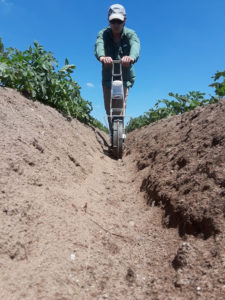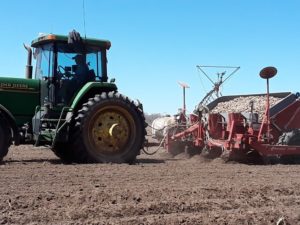Port Of Duluth-Superior hopes to rebound from ‘pandemic plague’ in the 2021 shipping season
The largest port on the Great Lakes is hoping for a rebound after cargo shipments dropped to their lowest level since 1938 during the COVID-19 pandemic. The first ship of the 2021 season arrived in the Twin Ports last week after the Poe Lock in Sault Ste. Marie, Michigan opened Wednesday. View the full story by Wisconsin Public Radio.
Great Lakes Commission
https://www.glc.org/dailynews/20210329-shipping



 It takes energy, commitment, and stamina to be a leader of community based and grassroots organizations and this is additionally challenging during COVID-19. For over 25 years, Freshwater Future, through our consulting services, has helped leaders to run their organizations. This year we are conducting a special program to help our partners with self-care and nonprofit management including bookkeeping, financing, communications and so much more. Many organizations have indicated that the support from FWF is paramount during these challenging times in our nation’s history. Here are the testimonies of some of our partners
It takes energy, commitment, and stamina to be a leader of community based and grassroots organizations and this is additionally challenging during COVID-19. For over 25 years, Freshwater Future, through our consulting services, has helped leaders to run their organizations. This year we are conducting a special program to help our partners with self-care and nonprofit management including bookkeeping, financing, communications and so much more. Many organizations have indicated that the support from FWF is paramount during these challenging times in our nation’s history. Here are the testimonies of some of our partners





